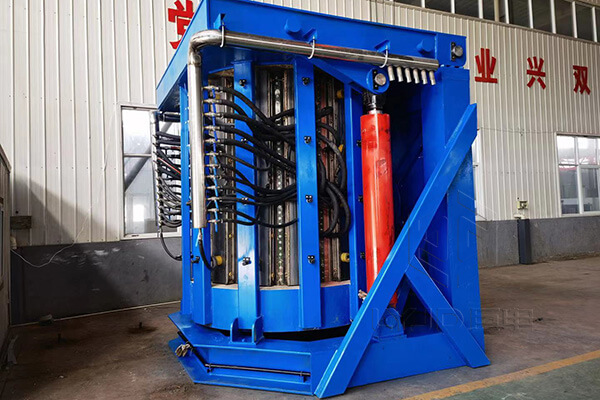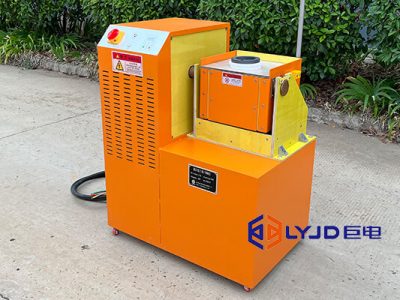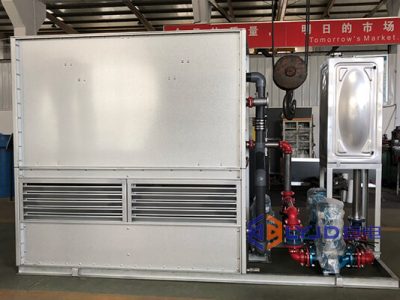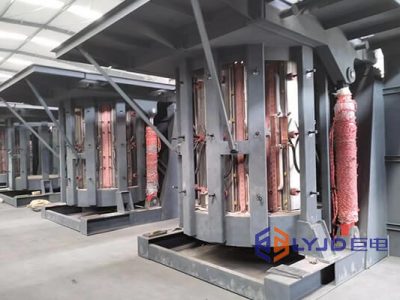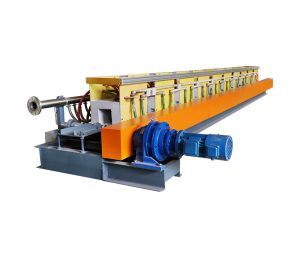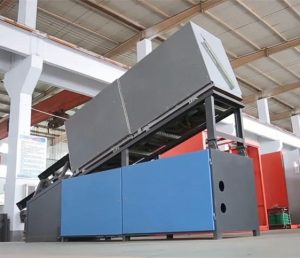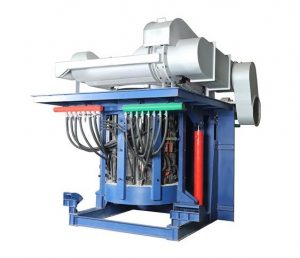A steel induction furnace is a type of induction furnace specifically designed for melting steel. Steel induction furnaces use the same basic principle of electromagnetic induction as other types of induction furnaces, but they are typically larger and more powerful.
The basic principle of operation of an induction furnace is that a high-frequency alternating current (AC) is passed through a coil of copper wire, called the induction coil, which creates a magnetic field around the coil. When a conductive metal charge is placed inside the coil, the magnetic field induces electrical currents, called eddy currents, within the metal charge. These eddy currents generate heat due to the resistance of the metal to the flow of electricity, causing the metal to melt.
The capacity of a steel induction furnace ranges from a few hundred kilograms to several tons. Luoyang Judian is a professional manufacturer of steel induction furnaces. We can supply steel induction furnaces with a capacity of 250kg, 500kg, 1,000kg, and larger ones.
Steel induction furnaces are commonly used in the steelmaking industry for melting scrap steel and other metal charges. They are also used in the production of specialty steels, such as stainless steel, alloy steel, and tool steel, where precise control of the melting process is critical to achieving the desired properties of the steel.
Advantages of Steel Induction Furnace
There are several advantages of using a steel induction furnace for steel melting:
Energy efficiency: Induction furnaces are highly energy-efficient, with energy savings of up to 30% compared to other types of furnaces. This is because the heat is generated directly within the metal charge, rather than being produced by burning fuel or heating an external element like in other types of furnaces.
Fast melting times: Induction furnaces can melt steel much faster than other types of furnaces, which can help to increase productivity and reduce energy consumption. The melting time can be as short as a few minutes, depending on the size of the furnace and the amount of steel being melted.
Precise temperature control: Induction furnaces offer precise temperature control, which is critical for producing high-quality steel. The temperature can be controlled to within a few degrees, ensuring that the steel is melted at the optimal temperature for the desired properties.
Versatility: Induction furnaces can be used to melt a wide range of steel grades, from low-carbon to high-carbon, and are also suitable for melting stainless steel, alloy steel, and other specialty steels.
Environmental benefits: Induction furnaces produce fewer emissions than other types of furnaces, as they do not burn fuel or produce combustion byproducts. This can help to reduce the environmental impact of steelmaking operations.
Overall
The use of induction furnaces for steel melting offers several advantages in terms of energy efficiency, productivity, quality control, and environmental impact, making them a popular choice in the steelmaking industry.
























